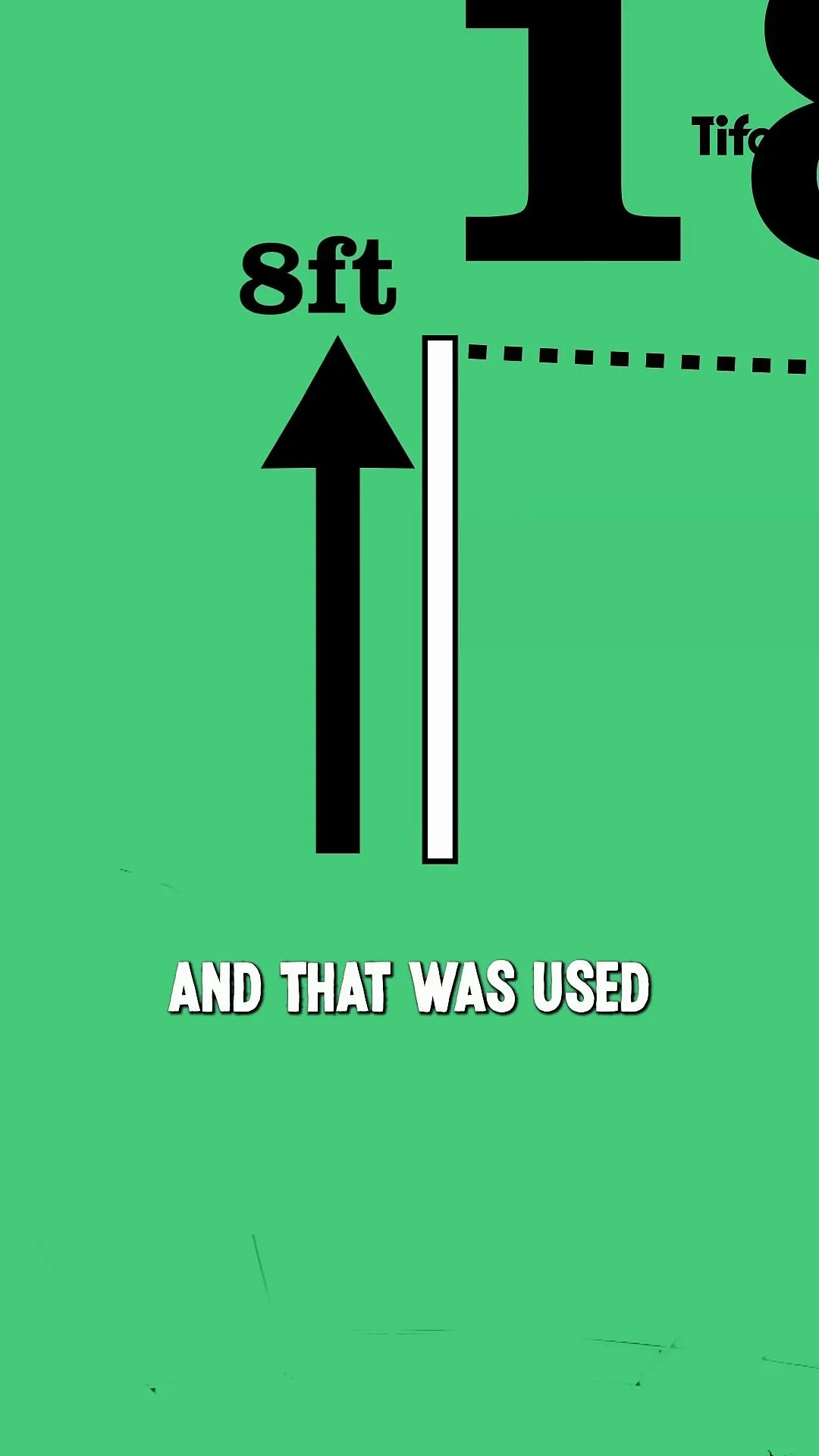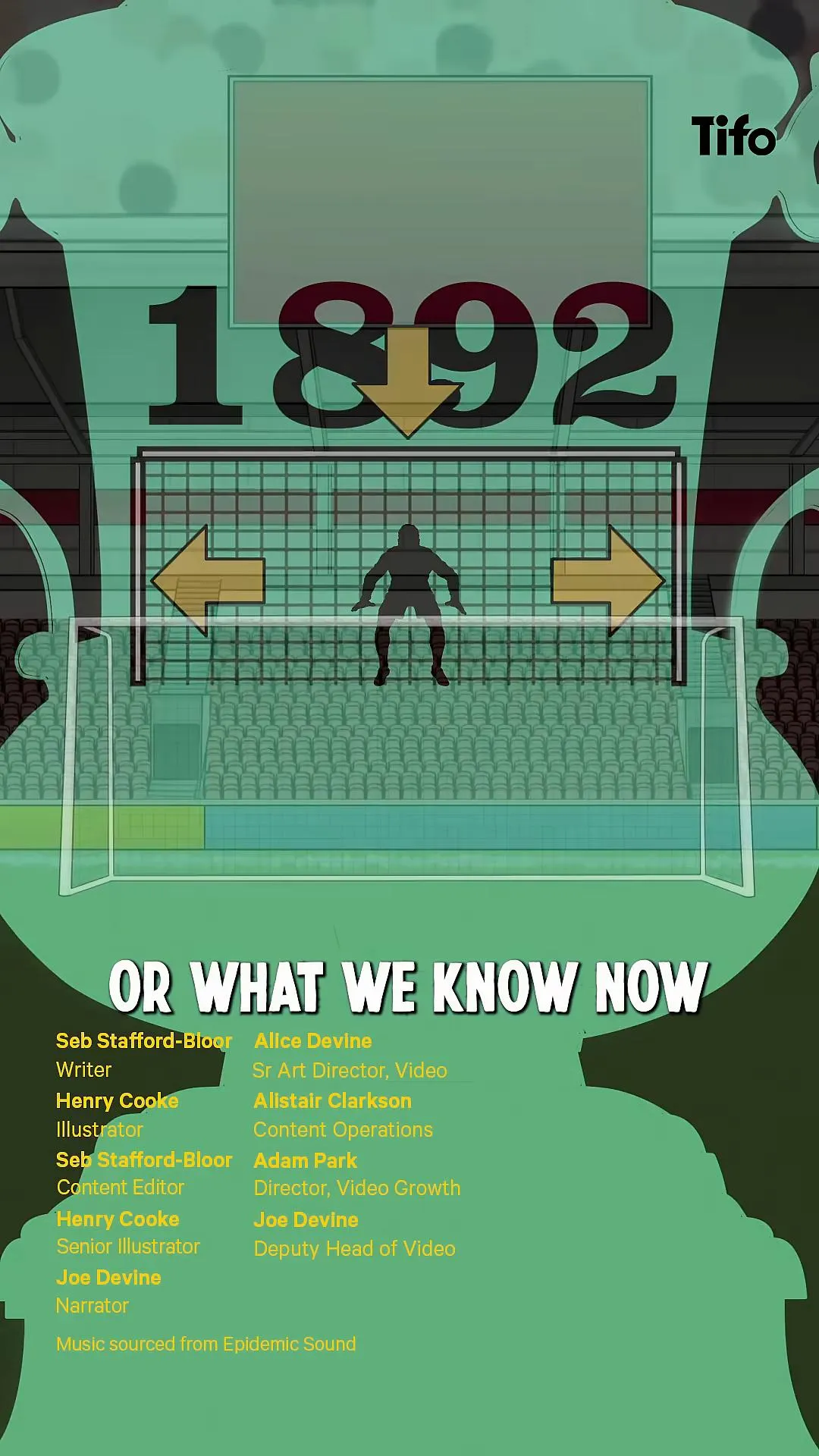The football goal history is a captivating tale that traces back to the origins of the sport itself. Have you ever wondered why football goals are shaped the way they are? Or when the first crossbar was added to the goals? The evolution of the football goal is filled with fascinating changes and adaptations that reflect the growth of the game. From the absence of a crossbar to the introduction of netting, the design of the goal has undergone significant transformations over the years. This article will guide you through the pivotal moments in the history of football goals, highlighting the key innovations that have shaped the way we play today.
Football Goal History: The Beginnings and Early Innovations
The history of football goals can be traced back to 1863, when the English Football Association established the rules for the sport. One of the most significant rules was the width of the goalposts, which was set at 7.32 meters apart. This regulation is still in place today, providing a standard for all levels of play.
The Introduction of the Crossbar
Initially, football goals did not have a crossbar, leading to constant disputes over whether a goal had actually been scored. To address this issue, in 1866, the Football Association mandated that a line of tape be strung between the posts at a height of 8 feet. This temporary solution was first utilized in the FA Cup final of 1872.
Permanent Crossbars and Their Impact
The concept of a permanent crossbar began to emerge in the mid-1870s. Clubs experimented with various materials to create a sturdy crossbar that could withstand the rigors of play. By 1882, the crossbar became a standard part of the goal, significantly enhancing the clarity of scoring in the game.
The Evolution of Goal Netting
As the sport grew, so did the need for further innovations in goal design. The introduction of goal netting was another critical milestone in football goal history. Initially, nets were not used, which often resulted in balls rebounding back into play. This led to confusion regarding whether a goal had been scored.
Trials of Goal Netting in the Late 19th Century
Throughout the late 19th century, various clubs began to experiment with netting behind the goalposts. By 1892, the first FA Cup final was played with fully constructed goals that included posts, crossbars, and netting, marking the official arrival of the modern football goal.

The Modern Football Goal Design
Today, the design of football goals has remained relatively consistent, but innovations continue to enhance their functionality. Modern goals are built to withstand extreme weather conditions and rigorous play while ensuring safety for the players.
Materials and Safety Features
Today’s goals are typically made from high-quality aluminum or steel, which provides durability without excessive weight. Safety features, such as rounded edges and secure anchoring systems, are now standard to prevent injuries during play.
Current Regulations and Standards
According to FIFA regulations, the dimensions of a football goal should be 7.32 meters wide and 2.44 meters high. These standards ensure consistency across all levels of the sport, from youth leagues to professional matches.
Iconic Moments in Football Goal History
The history of football goals is also marked by unforgettable moments that have defined the sport. Whether through stunning strikes or crucial last-minute goals, the drama of scoring is what makes football so captivating.
Memorable Goals That Changed History
Throughout the years, there have been goals that not only won matches but also became legendary in their own right. Here are a few examples:
- Diego Maradona’s Hand of God (1986): A controversial goal that showcased Maradona’s brilliance.
- Geoff Hurst’s Hat-Trick (1966): The first player to score a hat-trick in a World Cup final, securing England’s victory.
- Mario Götze’s Extra-Time Winner (2014): A goal that clinched Germany’s fourth World Cup title.
Understanding Clutch Goals in Football
Clutch goals are those that are scored at critical moments in a match, often altering the outcome. For further insights into what constitutes the most clutch goals in football history, check out this interesting [discussion on Reddit](https://www.reddit.com/r/football/comments/16922nu/what_is_the_most_clutch_goal_in_football_history/).

The Future of Football Goals
As technology continues to advance, the future of football goals may see even more innovations. From smart goals that can track scoring in real-time to environmentally friendly materials, the possibilities are endless.
Integrating Technology in Goal Design
The integration of technology in sports has already begun to influence goal design. Features like electronic goal-line technology are becoming standard in professional football, providing definitive evidence of whether a ball has crossed the line.
The Role of Sustainability in Modern Football
As the world becomes more environmentally conscious, the future of football goal design may also focus on sustainability. Using recycled materials and energy-efficient production methods could become common in the construction of football goals.
The football goal history reflects the dynamic nature of the sport, demonstrating how it has evolved to meet the needs of players and fans alike. From the early days of tape lines to the modern goals we see today, the journey is a testament to innovation and the enduring appeal of football.
As we continue to enjoy the beautiful game, it’s important to appreciate the history behind what makes it so special. The evolution of football goals not only showcases the sport’s past but also points towards a future filled with potential and excitement.
